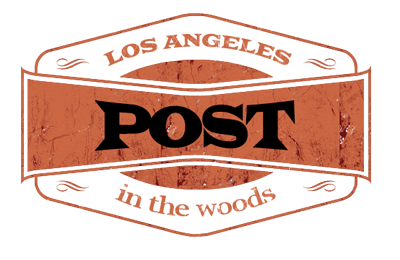
We’re looking forward to working with you!
Please take a look at our delivery guidelines below, and make sure to reach out if you have any questions:
(323) 804-9221 or This email address is being protected from spambots. You need JavaScript enabled to view it.
VIEW & DOWNLOAD A PRINTABLE DOCUMENT
Timecoded Video Reference
- A DNxHD video is what we ultimately need -- but we will convert your file on our end if it's an issue, so you can send an .mov or .mp4 if you need to. Resolution not terribly important, but must be high enough quality so that we can see lips moving and props in scenes.
- Video should have an audio guide track which will act as our audio reference.
- Video should have an Academy leader (or equivalent) with a visible and audible 2-pop exactly two seconds before the FFOA (First Frame of Action) -- which is the very first frame of your movie content (even if it is a black frame, since some movies fade up from black). Normal convention has the 2-pop at 23:59:58:00, which puts the first frame of your movie at 00:00:00:00
- Video should contain a tail pop exactly 2 seconds after last frame of action.
Audio Tracks
- Please provide an AAF or OMF with embedded (encapsulated) media and minimum 4 second handles (approx. 100 frames) . DO NOT INCLUDE THE VIDEO in AAF or OMF.
- 48kHz sample rate, 24 bit.
- For features & TV episodes, we will need you to provide a drive or a folder containing all of the sound files recorded on set, including wild lines.
Other Materials
- List of any notes or sound priorities (if any), referenced by timecode
- Final delivery specs (LKFS/LUFS +- range, any peak requirements). If you do not have loudness requirements, let us know if this is for theater, web, broadcast, or other.
- In some situations we may request a screenshot of your session layout in your NLE for reference. Not required for most projects.
Additional Important Notes:
- Please label all tracks.
- Any audio that you do not wish to use should be deleted from the timeline.
- Tracks should be grouped by: Dialogue/Prod. Audio, FX, BGs, and Music. Mixing these elements together in tracks only increases the post audio workload and therefore can affect cost.
- Fades on items are strongly preferred to volume envelopes. Include clip-based gain and crossfade transitions.
- Do not mix stereo and mono on the same tracks. This means allocating separate tracks for stereo FX/mono FX, stereo dialogue/mono dialogue, and so on. Note that with stereo dialogue we will almost always use only one side of the stereo signal since production dialogue is always mixed in mono using a mono source.
- Premiere Pro allows stereo clips to be placed in mono tracks, and when exported, the 2 stereo channels are downmixed and summed to mono. This is definitely not an ideal situation. Therefore please note that in the latest versions of Premiere there is a little speaker button on the left of each track that allows you to change a track from mono to stereo. Please make sure to do this for all tracks containing stereo material before exporting the AAF or OMF.
- AAF/OMF does not support multichannel audio. If your sequence contains multichannel tracks (more than 2) then only the top track will be exported. If you do have any multichannel audio clips, change your audio preferences to display all tracks as multiple mono tracks so that each track is separated prior to exporting.
- Volume and pan automation from the editor is most often deleted and redone at the audio post stage. We will use your audio guide track will be used for reference.
- Non-destructive audio effects do not translate over. If you have done some audio FX work already, please render those items out on separate tracks in addition to the original, unaffected audio. These will be either used as-is or for reference.
